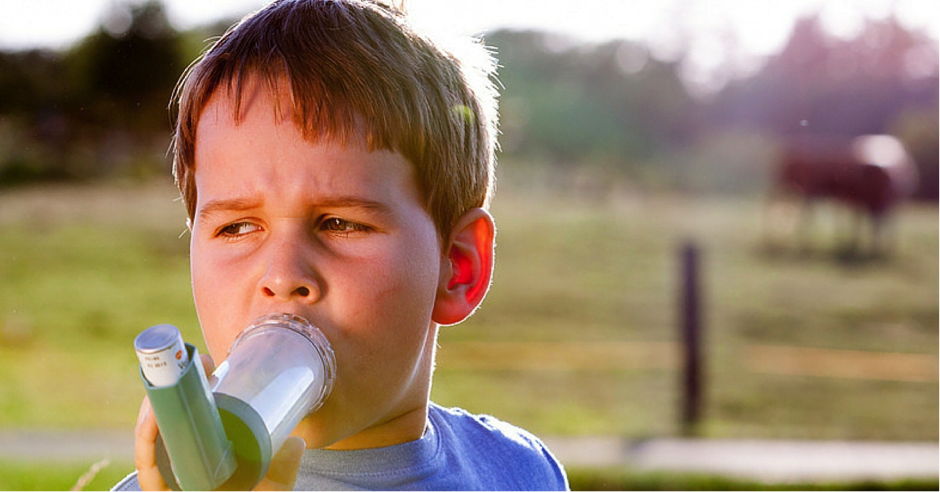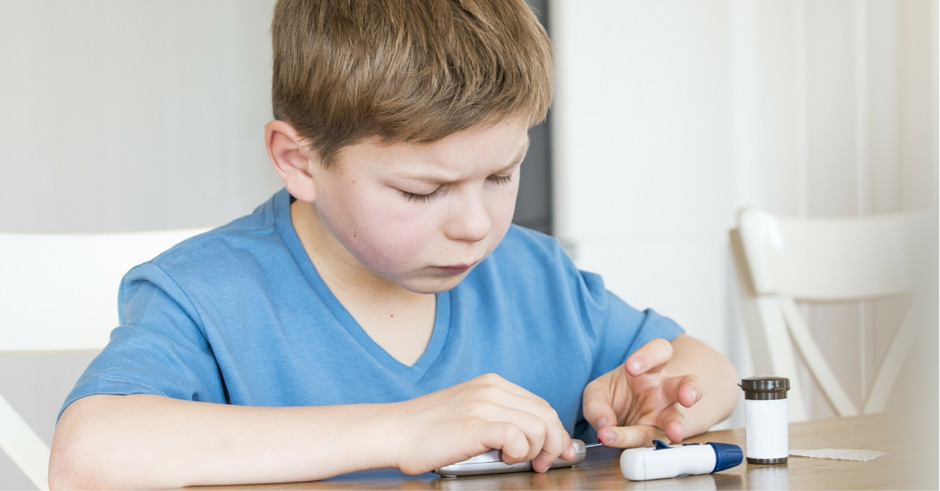We are known be an active, outdoorsy nation. Which is great, except that it comes with our fair share of sports injuries. One million Australians are treated each year for sports injuries, 50% of which are preventable!
Sports injuries refer to an injury caused by any physical activity – working out at the gym or home, playing a match or game at any level, or training for a sporting event. Some of the most common injuries are:
- Bruises, cuts and abrasions – where scraping against a surface has caused bleeding.
- Sprains – the ankle, finger or any other body part that may be affected by twisting resulting in pain, swelling and immobility.
- Muscle strain – most frequently of the groin and hamstring, but could affect other connective muscles as well. Symptoms are pain and swelling, but could also result in restricted movement.
- Stress fractures – These are quite common in athletes of a high-impact sport. Running, tennis, all ball sports that involve running and repeatedly jumping on a hard surface can result in stressed and broken bones.
- Concussion – there has been increasing the incidence of concussion among kids and adults, especially in contact sports like footy, rugby and soccer. It could also occur from a fall in which the head hits the ground or a wall. It can be cured completely, but the initial symptoms can be worrying as there could be a loss of consciousness, loss of memory, disorientation and dizziness. Of late, there have been calls to reduce the amount of contact in sport or wear protective head gear. The United Sates has banned heading the ball in soccer for children under 10 and in Australia, parents have been calling for better emergency first aid training for coaches and support staff.
Prevention is better than cure:
Some tips for preventing sports injuries are the most obvious ones, but sadly they are the most ignored as well.
The Right Gear:
The batsman without a helmet, runners without shoes and footy players without a mouth guard are being irresponsible. Protective gear can save life and limb and must not be ignored. And don’t use the same gear for different sport –a cricket helmet is different from a baseball one and is made of differing levels of impact protection.
The right shoes and clothes to a lesser degree are very important too. In recent years, we have seen a range of scientifically designed shoes for each sport. Gone are the days when one cross-trainer could be used for everything. Now walking shoes differ from running shoes, which differ from tennis shoes. Impact, the hardness of surface and grip are all important factors that go into choosing the right shoe.
Sports clothing is a bit more forgiving and can be used across sport as long as it is appropriate for the temperature.
Warm up and cool down:
The human body is capable of superhuman effort. But it must be done right. Whether it is a low impact yoga session or a high-intensity 100-meter sprint, warming up the muscles and gradually reaching the desired intensity is essential. Also, it is better for the heart rate to go up gradually than to be jolted into pumping hard. Make sure the warm up is low impact and controlled:
- Increase the flow of blood to the muscles gently. It will prevent premature fatigue.
- The stretching will warm the muscle, keeping it supple for smooth movement and prevent cramps and sprains.
The cool down process is just as important as the warm-up:
- Sustained physical activity leads to a build up of lactic acid (also called metabolites) in the muscles and can be removed by gentle exercise.
- When muscles retain large quantities of blood, you could be vulnerable to a dizzying spell.
- The heart rate needs to return to normal gently.
A very common side-effect of vigorous physical activity is DOMs or Delayed Onset Muscle Soreness (for the layperson – it’s what most of us feel returning to the gym after a long break). Simply cooling down may not help DOMs, which is the result of what your muscles read as “unusual and stressful” body movement.
Avoid extreme weather:
Most sports have guidelines about the temperatures they can be played in. Abide by these. They are there for a reason.
- Playing a sport or exercising in extreme heat conditions can lead to serious conditions like sunstroke, sunburn and dehydration.
- Too cold and there is a greater risk of muscle strain as lower temperatures tend to make muscles tighter. In freezing weather, frostbite and hypothermia are all too common. Also, remember that the cold weather demands more from your metabolism – firstly to keep you warm and then for the activity. Also, there is a tendency for blood pressure to rise as blood moves away from the skin towards the core of the body.
Hydrate well:
Before, after and during play, drinking enough fluids is a must. Water is best, but depending on the intensity of the sport, you may need to replenish vital minerals lost through sweat. Some hydrating drinks will also add a bit of glucose or carbohydrates into the system to give you energy along the way.
You should start the hydration process a day before a big event, say a marathon. That way your body is better prepared for the demands you put on it. Remember, the best way to avoid premature fatigue is to hydrate well.
Despite taking every precaution, sports injuries are a reality of life. As a parent, coach or a first responder, there are a few steps you can take before medical help arrives.
RICE – the key to first aid for sports injuries:
Rest whatever body part is injured. It’s best not to move it for 48-72 hours.
Ice – use an ice pack on the injury to prevent inflammation. Do not apply ice directly. Use an ice-pack from a pharmacy or put the ice in a towel before applying it to the affected area.
Compression – Use an elasticated crepe bandage or any other form of compression that will put pressure on the affected area.
Elevate – keep the injured part above the level of the heart if possible. For instance, if an ankle is injured, raise it on a pillow when sitting or lying down.
And, very important, see your GP as quickly as possible. Often a sports injury is ignored with the assumption that it will get better on its own. The fact is there might be deeper damage, and it is best to have it checked out. Your GP can then recommend an X-ray or scan.
Having an active lifestyle is fantastic. Just take some basic precautions and enjoy yourself.





